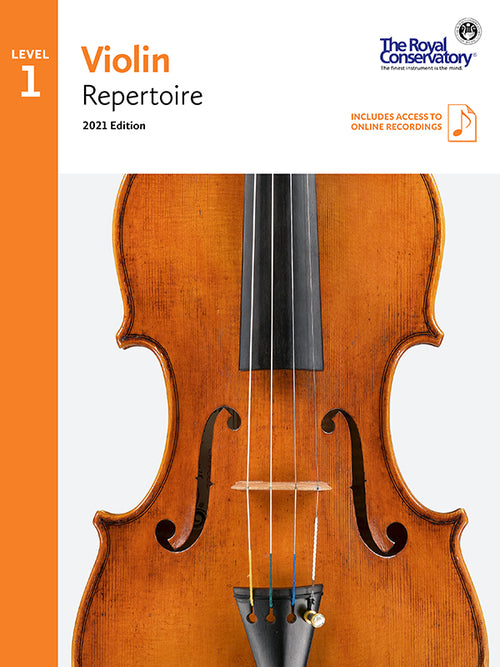
Suzuki observed that children speak before learning to read, and thought that children should also be able to play music before learning to read. In the beginning, learning music by ear is emphasized over reading written musical notation.Suzuki Associations worldwide offer ongoing teacher-training programs to prospective and continuing Suzuki teachers. Suzuki believed in training musicians not only to be better musicians, but also to be better teachers. Suzuki believed that children should typically start formal instruction between the ages of three and five years old. Emphasis on playing from a very young age.Just as every child is expected to learn their native language, Suzuki expected every child to be able to learn to play music.



Suzuki believed that teachers who test for musical aptitude before taking students, or who look only for "talented" students, are limiting themselves to people who have already started their music education. Deliberate avoidance of musical aptitude tests or auditions to begin music study.
Famous violin repertoire professional#
This includes attending local classical music concerts, developing friendships with other music students, and listening to recordings of professional musicians in the home every day, starting before birth if possible. The essential components of his method spring from the desire to create the "right environment" for learning music (he believed that this positive environment would also help to foster excellent character in every student). The central belief of Suzuki, based on his language acquisition theories, is that all people can (and will) learn from their environment. He also made it clear that the goal of such musical education was to raise generations of children with "noble hearts" (as opposed to creating famous musical prodigies). Suzuki believed that every child, if properly taught, was capable of a high level of musical achievement. He modeled his method, which he called "Talent Education" ( 才能教育, sainō kyōiku), after his theories of natural language acquisition. Suzuki pioneered the idea that preschool age children could learn to play the violin if the learning steps were small enough and the instrument was scaled down to fit their body.

Suzuki decided to develop his teaching method (rather than become a professional violinist) after a conversation with Leonor Michaelis, who was Professor of Biochemistry at the University of Nagoya. He reasoned that if children have the skill to acquire their native language, they have the necessary ability to become proficient on a musical instrument. As a poor violinist and a beginner at the German language who struggled to learn it, Suzuki noticed that children pick up their native language quickly, whereas adults consider even dialects "difficult" to learn but are spoken with ease by children at age five or six. The Suzuki Method was conceived in the mid-20th century by Shinichi Suzuki, a Japanese violin salesman. Suzuki believed that this environment would also help to foster good moral character. The method aims to create an environment for learning music which parallels the linguistic environment of acquiring a native language. The Suzuki method is a music curriculum and teaching philosophy dating from the mid-20th century, created by Japanese violinist and pedagogue Shinichi Suzuki (1898–1998).


 0 kommentar(er)
0 kommentar(er)
